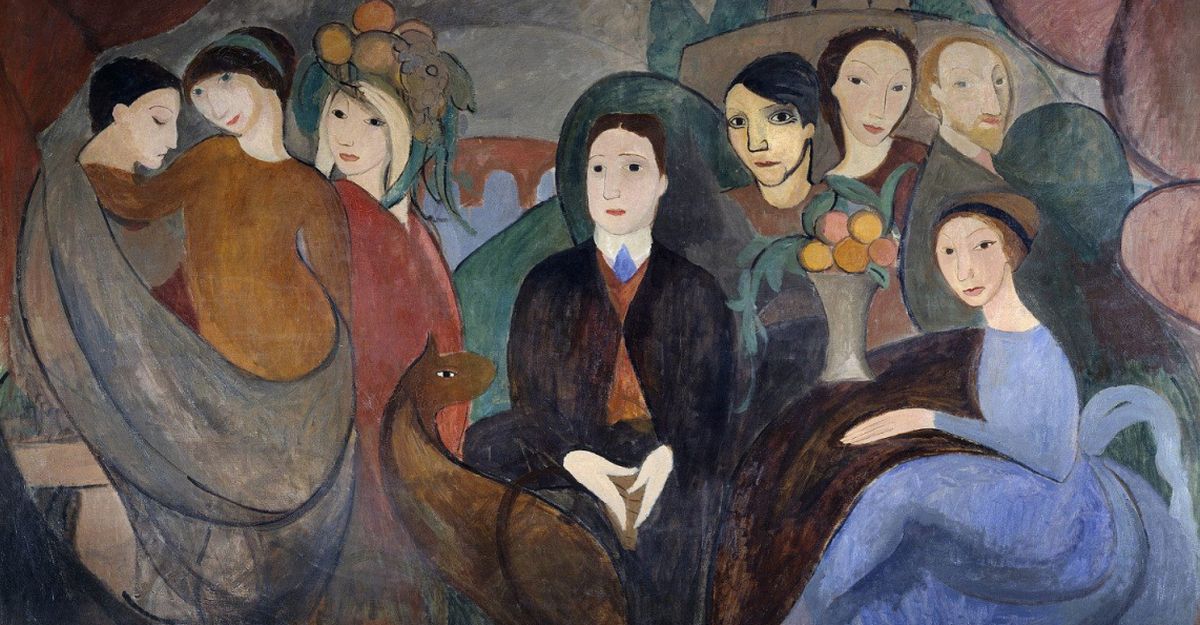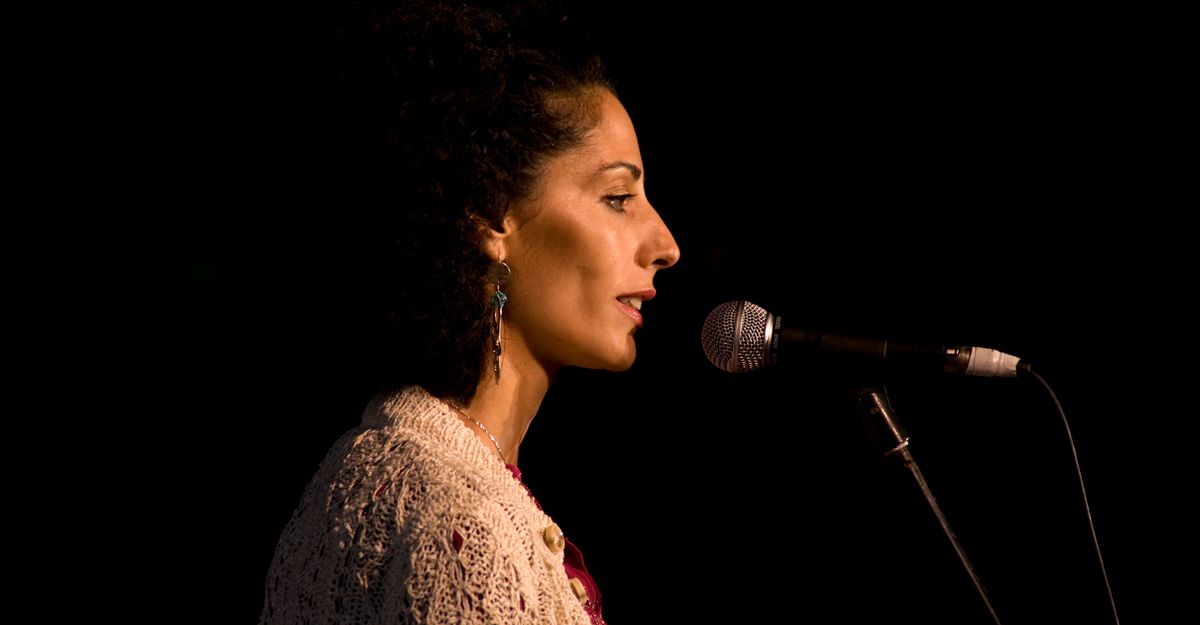When I was a child, writing was my happy place.
My parents would give me notepads, exercise books and loose-leaf A4 paper, onto which the worlds in my head would spill. They poured out: haunted houses, fairies and magic; talking birds and animals; the slapstick Adventures of the Three Robot Princesses and the dark cannibal comedy of The Teacher’s Barbecue. Writing could immediately make any boring time or place fun.
Now, I peer enviously across decades, as the gap between the writing I loved and the writing I do every day yawns like a chasm. Work – even writing work – is, by definition, not fun. I struggle to access flow states, get bogged down in obsessive research, planning and redrafting, and am much more analytical and perfectionist. My progress is slow and painstaking, like slogging through miles of mud.
It’s not just the ease of my childhood writing that I envy now. I wish for its fearlessness, its sense of wonder and endless possibility. But am I remembering it wrong? Am I mourning a lost, ‘pure’, writerly self who never really existed?
Literary culture has long celebrated juvenilia: literary works by child authors, from Love and Freindship [sic], written by fourteen-year-old Jane Austen in 1790, to Daisy Ashford’s novel The Young Visiters [sic], written in 1890 when she was nine.
What makes juvenilia enjoyable is that its authors are already alert to form, genre and codes of social interaction, but they have not yet learned to dissemble. Juvenilia is frequently bad, but charmingly so; it seems emotionally lucid and unembarrassed of its own literary shortcomings. Reading it allows us to vicariously throw down our own burden of cynicism and embarrassment.
William Wordsworth begins his ‘Ode’ – perhaps the ur-text for the celebration of childhood creativity – by mourning his inability to see the world in the same magical, fresh way he had as a child: ‘Whither is fled the visionary gleam? / Where is it now, the glory and the dream?’ He concludes that children are perfect creative beings because their souls are still new enough to remember their divine origins. Wordsworth felt that this special wisdom fades with age, as we become weighed down by ‘the inevitable yoke’ of worldly concerns.
Charlotte Brontë, too, looked back on her creative childhood and felt depressed. In 1835, as a nineteen-year-old schoolteacher, she wrote a poem called ‘Retrospection’, observing gloomily that, while ‘We wove a web in childhood’, now ‘life is darkly shaded / And Its joys fleet fast away’.
However, the Romantic view that childhood creativity is ‘spoiled’ by growing up – and especially by getting formal training and experience – did not seem to apply at Haworth Parsonage, where the Brontë siblings’ adult literary practice unfurled naturally from their childhood writing. Charlotte, Branwell, Emily and Anne produced tiny, secret booklets modelled on adult literature – complete with sex, violence and political struggle – that were intended only for themselves.
The Brontës’ juvenilia was explicitly and self-consciously literary. The books had title pages, colophons, tables of contents and footnotes; at eleven, Branwell founded and edited Branwell’s Blackwood’s Magazine and then a homemade newspaper, The Monthly Intelligencer.
Their sibling rivalry played out as literary rivalry. Emily and Anne broke away from Charlotte and Branwell’s Glass Town and Angria, creating their own storyworld, Gondal. Charlotte, 13, took over the editorship of Branwell’s in August 1829, publishing aggrieved poems by its founder, who complained about the new regime of ‘frivolity’ and ‘foolish romances’. This isn’t garrulous innocence. It’s young people fashioning and testing literary practices.
Branwell’s problem as an adult (well, apart from the booze) was that, rather than yearning for his lost creative childhood, he struggled to develop a mature writerly practice independent of it. He became fatally locked inside Glass Town, peering out but making few lasting connections with the wider literary world.
When I remember my childhood writing as having come easily, I’m forgetting how ambitious I was. Inspired by the eponymous protagonist of LM Montgomery’s Emily of New Moon novels, I wanted not just to explore my imagination, but also to be a professional writer – and to enjoy the same professional respect I granted to my favourite authors. My goal was to have a novel published by the time I was fourteen, and I remember panicking that time was running out. I’ve always been bad with deadlines.
Perhaps a crucial part of a writing vocation is a moment of external validation. It could be a gold sticker from a favourite teacher, or being invited to read your work aloud. In grade six, I hand-made an obnoxious little periodical entitled Girlfriend: The Magazine for the Men, whose entire purpose was to ingratiate me with the cool kids in my class. It worked, validating my understanding of myself as a writer.
But my yearning now to write the way I used to is probably the opposite: a yearning not to be judged. Perhaps what I identify as ‘childlike’ is really an ability to indulge in writing: to tune out the gatekeepers and write luxuriously and foolishly, just for me. My adult self, that is – whoever that kid was, she’s long gone now.
Image: The Young Men’s Magazine No. Third / via the British Library
Read the rest of Overland 235
If you enjoyed this piece, buy the issue




